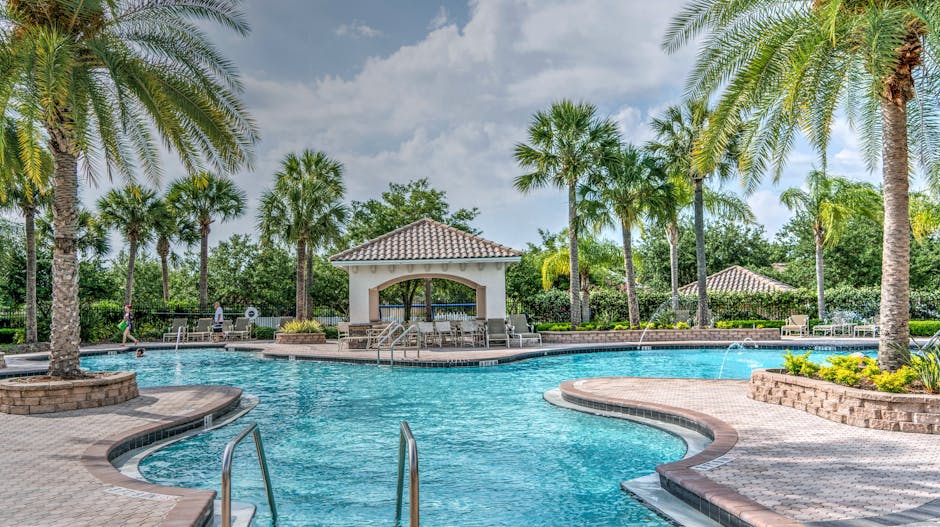 Unleashing the Power of Rock Demolition in Hawaii
Unleashing the Power of Rock Demolition in Hawaii
When it comes to construction projects in Hawaii, one of the most crucial aspects is rock demolition. The volcanic nature of the Hawaiian islands means that rock is a common obstacle that needs to be overcome in order to build anything from roads and bridges to homes and commercial buildings. If you’re embarking on a construction project in Hawaii, understanding the importance of rock demolition and how it can benefit your project is key.
Rock demolition in Hawaii is not just about breaking rocks into smaller pieces. It involves a strategic approach to safely and efficiently remove large rock formations that may be in the way of your construction plans. Whether you’re dealing with solid lava rock, basalt, or other volcanic formations, the process of rock demolition requires specialized equipment and expertise to get the job done right.
One of the main benefits of rock demolition in Hawaii is that it allows you to clear the way for your construction project without causing unnecessary damage to the environment. By carefully planning and executing rock demolition, you can minimize disruption to the surrounding landscape and ensure that the natural beauty of Hawaii is preserved.
In addition to protecting the environment, rock demolition in Hawaii can also help save you time and money on your construction project. By removing large rock formations efficiently, you can streamline the construction process and avoid costly delays. This is especially important in Hawaii, where construction costs can be higher due to the remote location and unique geological challenges.
When it comes to rock demolition in Hawaii, there are several methods that can be used depending on the size and type of rock formations you’re dealing with. One common method is hydraulic rock splitting, which uses hydraulic power to break rocks into smaller pieces without the need for explosives. This method is ideal for smaller rocks and tight spaces where traditional demolition techniques may not be suitable.
For larger rock formations, controlled blasting may be necessary. This method involves strategically placing explosives in the rock and detonating them in a way that minimizes damage to the surrounding area. Controlled blasting requires careful planning and coordination to ensure the safety of everyone involved, as well as the success of the demolition.
No matter which method is used, rock demolition in Hawaii requires the expertise of skilled professionals who understand the unique challenges of working with volcanic rock formations. By hiring a reputable rock demolition company in Hawaii, you can ensure that your project is completed safely and efficiently, with minimal impact on the environment.
In addition to traditional rock demolition methods, there are also innovative techniques that can be used to break up rock formations in Hawaii. One such method is rock fracturing, which uses specialized equipment to create fractures in the rock that can then be easily broken apart. This technique is ideal for large rock formations that are too difficult to remove with traditional methods.
Another cutting-edge method is rock sawing, which uses diamond-tipped blades to cut through rock formations with precision and accuracy. This method is ideal for creating clean cuts in rock for construction purposes, such as laying foundations or building retaining walls. Rock sawing is also less disruptive than traditional demolition techniques, making it a popular choice for projects in Hawaii.
In conclusion, rock demolition in Hawaii is a crucial step in any construction project that involves working with volcanic rock formations. By understanding the importance of rock demolition and how it can benefit your project, you can ensure that your construction plans are carried out safely, efficiently, and in harmony with the natural environment. Whether you’re building a new home, a commercial building, or a road in Hawaii, rock demolition is a key process that will help you achieve your construction goals.